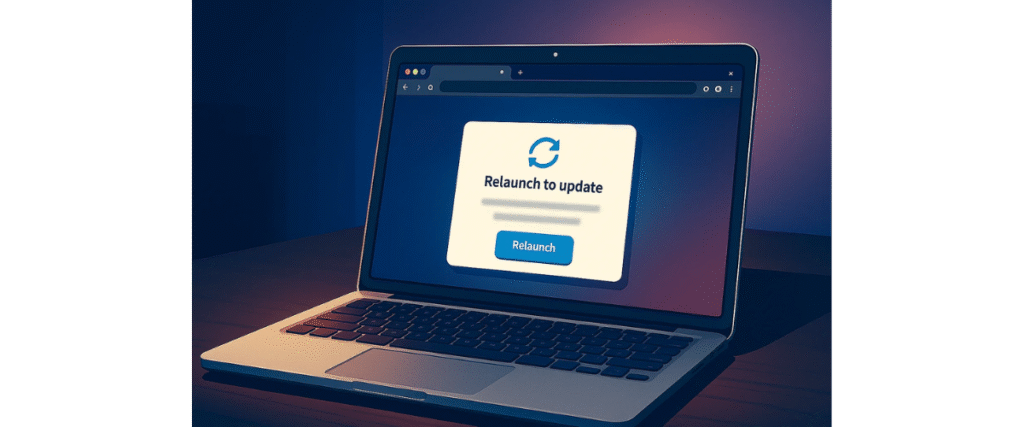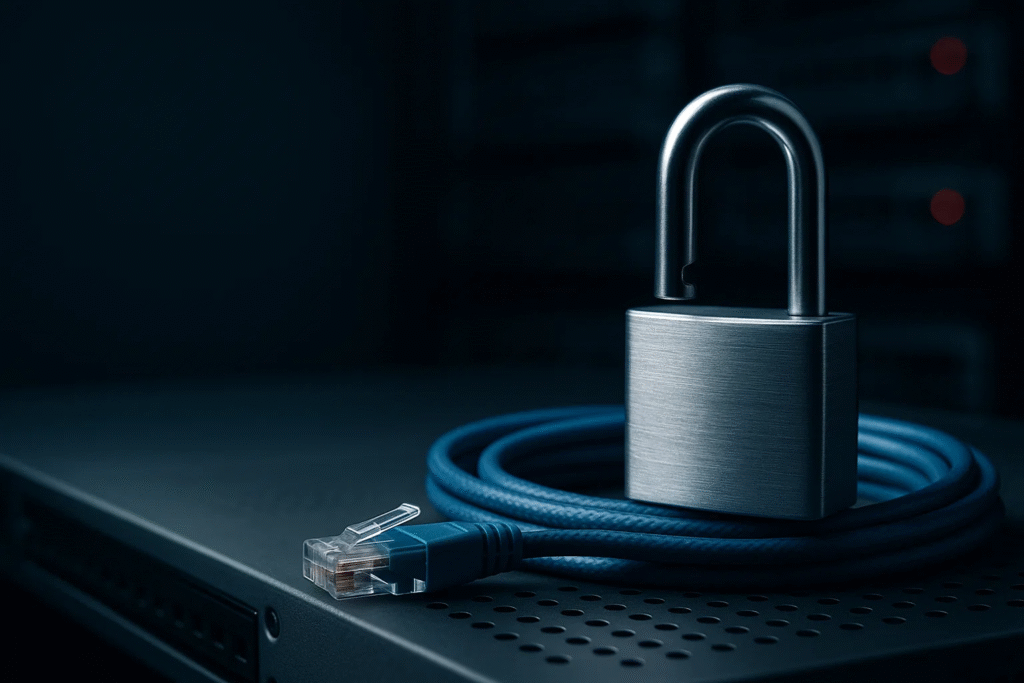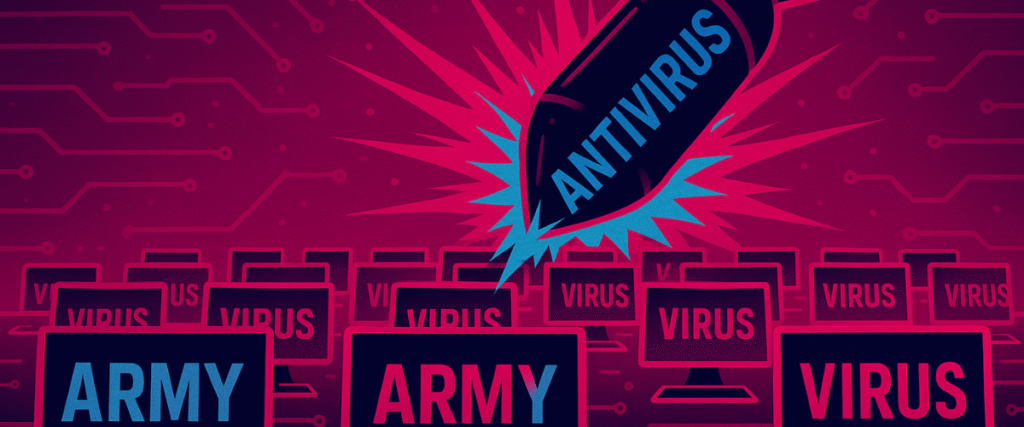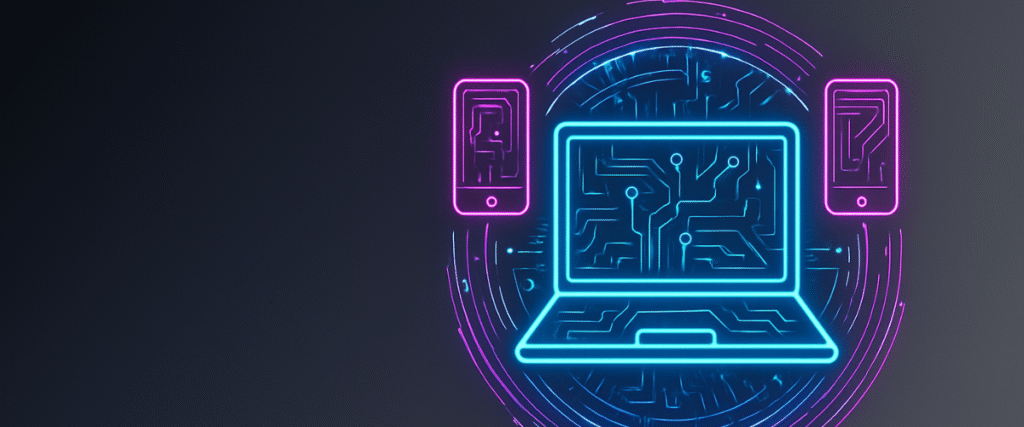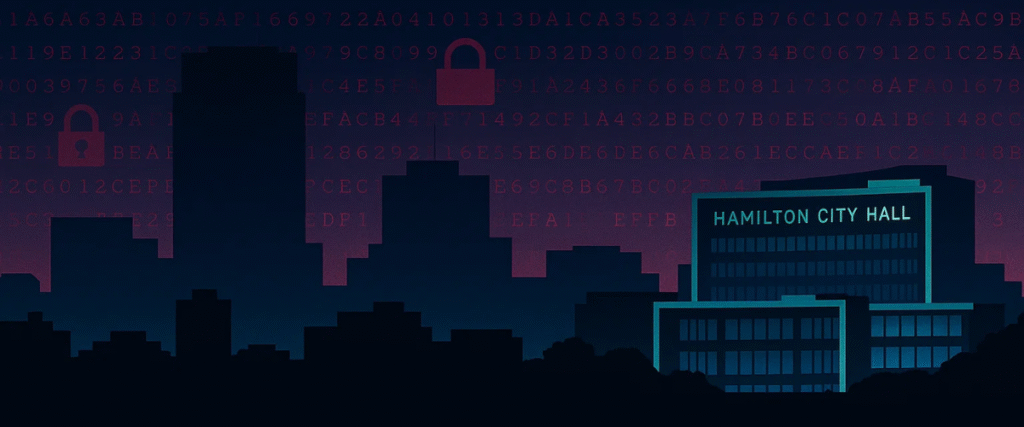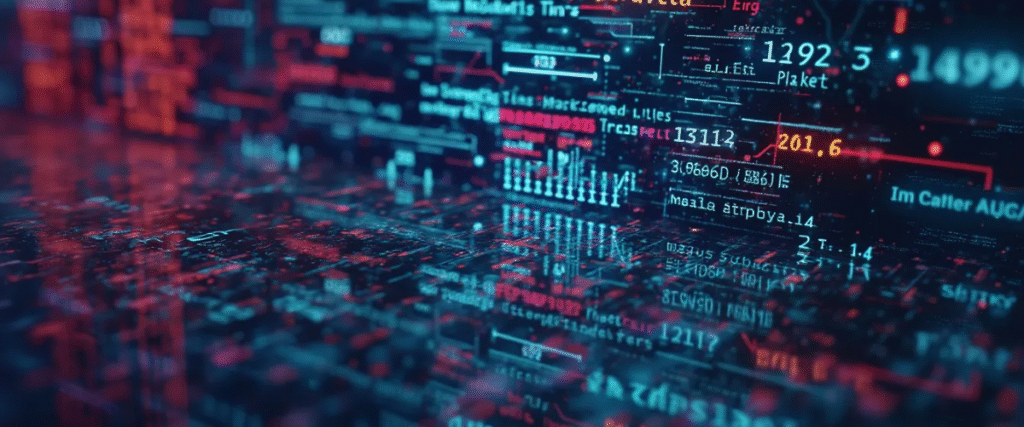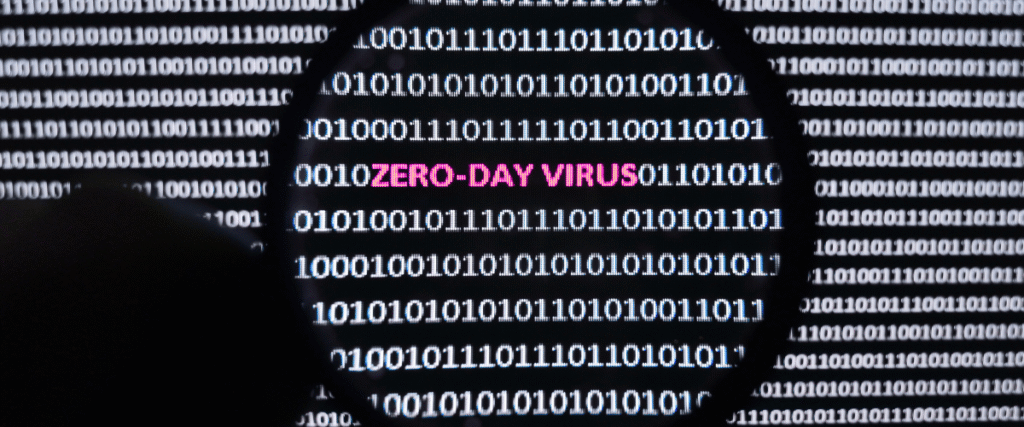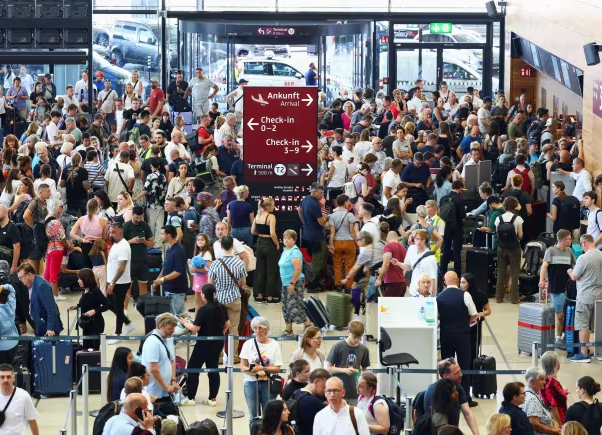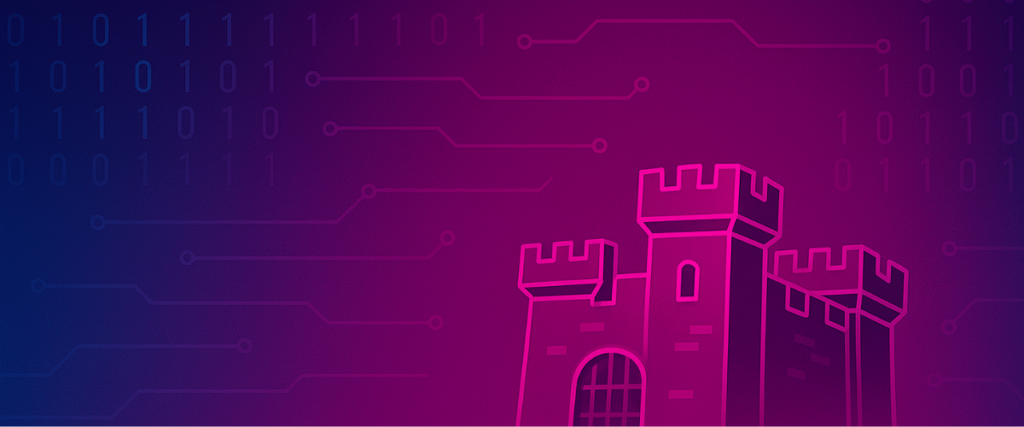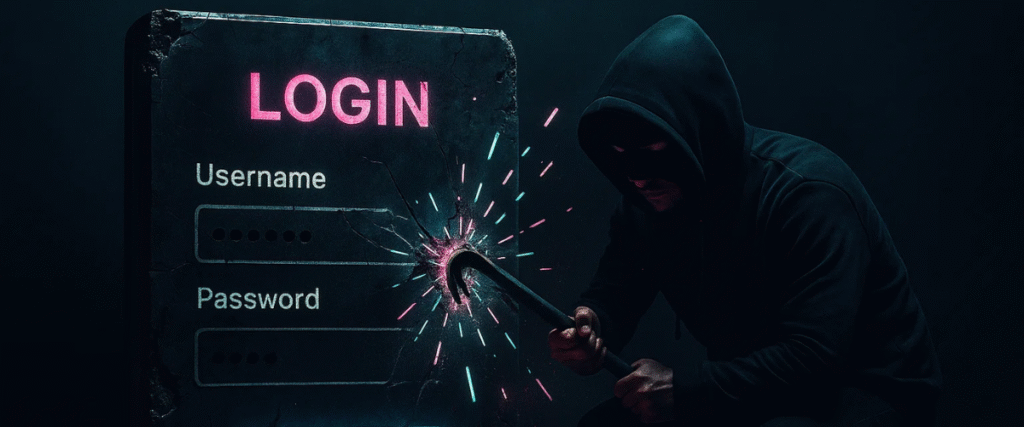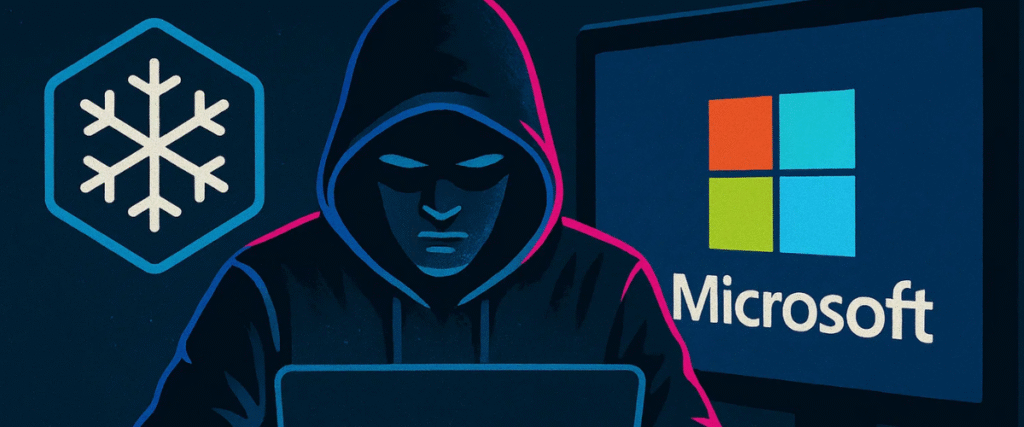Yesterday’s defences invite today’s attackers—modernize your stack now.
What You Should Know
If you still force 60-day password resets, rely on antivirus (AV) alone, and defend only the network perimeter, you’re spending money without meaningfully reducing risk. Modern attackers rarely “hack in.” They log in with stolen credentials, take advantage of known (but unpatched) vulnerabilities, and move laterally in minutes once inside. In 2025, identity is the new perimeter—and weak MFA, flat networks, and manual patching create the fastest paths to compromise.
What works now is simpler—and stronger, new cybersecurity practice. Replace rotation rituals with passphrases + a password manager, and make phishing-resistant MFA the default for everyone (hardware keys or number-matching apps for privileged and finance users). Retire AV-only thinking in favour of EDR/XDR that detects behavior, isolates infected hosts in one click, and feeds a 24/7 SOC so incidents don’t wait for business hours. Stop treating the internal network as “trusted.” Apply Zero Trust: least-privilege access, conditional access on risky sign-ins, and micro-segmentation so crown-jewel systems live in their own fenced-off zones.
Speed matters. Turn on automated patching with risk-based SLAs (7/14/30 days by tier) and track progress weekly. Prove resilience with restore tests and tabletop exercises so leaders see time-to-detect, time-to-contain, and recovery metrics trend down.
This guide shows what’s obsolete, what “good” looks like for Canadian SMBs, and the exact 90-day sequence to get there—strengthen identity, add behaviour-based detection and response, automate patching, and segment what matters most—so you measurably cut risk without adding bureaucracy.
Why it Matters
Costs are rising. A single ransomware event can drain an SMB of hundreds of thousands of dollars in downtime, recovery, legal advice, and lost deals—even if no data is publicly leaked. Add higher cyber-insurance premiums, forensic fees, and overtime for exhausted teams, and a “contained” incident still hurts cash flow and reputation.
The perimeter is gone. Cloud apps, remote work, contractors, and partner integrations dissolve the old inside/outside model. Your identity stack—accounts, devices, conditional access, and session tokens—is now the true perimeter. Flat internal networks and always-on VPNs turn one phished laptop into building-wide exposure. Treating everything behind the firewall as “trusted” no longer maps to how work gets done.
People are tired. Fatigue breeds risk: missed patches, rubber-stamped approvals, and weak exceptions that never get closed. Telling smart people to “try harder” doesn’t scale. Automation and design do—policy-driven patching, phishing-resistant MFA, just-in-time admin, and EDR/XDR with one-click isolation reduce cognitive load and stop midnight heroics.
Regulatory and insurance pressure is real. Customers, auditors, and insurers increasingly require evidence of MFA, privilege controls, backup/restore testing, and rapid containment. Meeting these once a year isn’t enough; you need living controls with proof.
Business outcome. Replace legacy habits with layered, automated, intelligence-driven defences that close common attack paths and accelerate response. Measure what matters, not paperwork volume:
- Identity: 100% MFA; phishing-resistant factors for privileged roles.
- Endpoints: EDR/XDR coverage 100%; host isolation median <10 minutes.
- Patching: Risk-based SLAs (7/14/30 days) with ≥95% compliance.
- Resilience: Successful quarterly restore tests; tabletop actions closed on time.
Modernising along these lines protects revenue, speeds audits and renewals, and gives leaders credible confidence that one bad click won’t take the business offline.

1) Frequent Password Rotation & Rigid Complexity Rules
Outdated: Forcing frequent password changes and demanding arcane complexity.
Why it fails now: Users respond with predictable patterns (e.g., Summer2025! → Fall2025!), reuse across sites, or write passwords down. Attackers phish or spray identities and steal tokens; your complexity regex won’t stop that.
What good looks like (2025):
- Passphrases + password managers to create unique, long credentials for every system.
- Multi‑factor authentication (MFA) everywhere; replace SMS with authenticator apps, hardware security keys (FIDO2/WebAuthn), or certificate‑based methods.
- Block breached/common passwords against a deny list; require 14+ characters for admin accounts.
Action steps (next 30–60 days):
- Retire periodic expiry; rotate only on suspected compromise or role changes.
- Roll out a business‑grade password manager with SSO and audit logs; train staff in one 30‑minute session.
- Enforce MFA for all users and admins; require phishing‑resistant factors for finance and privileged roles.
- Disable SMS fallback after a short grace period; keep a staffed helpdesk recovery.
Owner/Timeline: IT lead with MSP/MSSP (now → 60 days).
Metric: Manager adoption ≥95%; MFA coverage 100%; privileged users on phishing‑resistant MFA = 100%.
Mini case: A single compromised mailbox with auto‑forward rules enabled an invoice‑swap worth $85K. Passphrases + phishing‑resistant MFA would have blocked it.
2) Reliance on Antivirus as the Sole Endpoint Defence
Outdated: “Install AV and you’re safe.”
Why it fails now: Modern ransomware, fileless/in‑memory techniques, and living‑off‑the‑land (PowerShell, WMI) bypass signature‑based tools. AV sees files; attackers use behaviour.
What good looks like (2025):
- EDR/XDR with behaviour analytics, detections mapped to MITRE ATT&CK, and one‑click isolation.
- Continuous telemetry into a 24/7 SOC for triage and response (after‑hours especially).
- Playbooks for isolate host → disable account → kill process → block IOC → notify owner.
Action steps (next 30–90 days):
- Replace standalone AV with EDR/XDR across Windows/macOS/Linux.
- Integrate alerts with a managed SOC; test paging and escalation paths.
- Run a monthly isolation drill and review time‑to‑contain.
Owner/Timeline: Security lead with MSSP (now → 90 days).
Metrics: Host isolation median <10 minutes; time‑to‑contain <60 minutes; 100% endpoint coverage.
Mini comparison: AV = signatures; EDR = behaviour + telemetry + response; XDR = EDR plus identity, email, cloud and network signals for faster correlation.
3) Perimeter‑only Defences & the “Castle‑and‑Moat” Mindset
Outdated: Betting security on firewalls, VPNs, and DMZs alone.
Why it’s insufficient: Cloud and SaaS traffic bypass the moat. Once an attacker lands (phished laptop, stolen token), lateral movement exploits implicit trust on flat networks.
What good looks like (2025):
- Zero Trust: never trust, always verify. Continuous authentication and least privilege.
- Micro‑segmentation to contain blast radius—treat crown jewels as their own islands.
- Identity governance: conditional access, device posture, and just‑in‑time (JIT) admin.
Action steps (next 60–120 days):
- Map crown‑jewel apps/data flows; segment them first.
- Enforce conditional access (risk + device health + location); block legacy protocols.
- Apply JIT elevation for admins; remove standing domain admin rights.
Owner/Timeline: IT security + network team (60 → 120 days).
Metric: % of crown‑jewel assets segmented; number of blocked east‑west attempts.
Analogy: Locking the front door (firewall) while leaving interior doors wide open (flat networks) doesn’t stop a burglar once inside.
4) Manual Patching and Ad‑hoc Software Management
Outdated: Quarterly patch windows, spreadsheets, and manual installs.
Why it’s dangerous: Known vulnerabilities remain top entry points. Attackers weaponize new CVEs in days; unpatched systems linger for months. End‑of‑life (EOL) software multiplies risk.
What good looks like (2025):
- Automated patching for OS, browsers, and third‑party apps.
- Continuous vulnerability scanning tied to risk‑based SLAs (critical internet‑facing: 7 days; internal critical: 14 days).
- Asset inventory + lifecycle management to identify and retire EOL software.
Action steps (next 30–90 days):
- Implement central patch orchestration; report compliance weekly.
- Classify assets by business impact; set SLAs and track in a dashboard.
- Replace or isolate EOL systems; use virtual patching/IPS until retired.
Owner/Timeline: IT ops + security (now → 90 days).
Metrics: SLA compliance ≥95%; mean exposure window trending down; % EOL isolated/retired rising.
Tip: Use pilot rings and pre‑approved weekly windows to move fast without breaking core apps.
5) Relying on SMS‑based and Knowledge‑based MFA
Outdated: Texted codes and security questions.
Why it’s flawed: SMS is vulnerable to SIM‑swapping and interception; knowledge‑based answers are easily guessed or scraped from social media.
What good looks like (2025):
- Authenticator apps (TOTP), push with number‑matching, or FIDO2 hardware keys for phishing‑resistance.
- Adaptive, risk‑based authentication evaluating behaviour and device posture.
Action steps (next 30–60 days):
- Move privileged and finance users off SMS immediately.
- Turn on number‑matching and prompt timeouts to stop push‑fatigue attacks.
- Issue hardware keys to admins and execs; expand to high‑risk roles.
Owner/Timeline: IAM owner (now → 60 days).
Metrics: % phishing‑resistant MFA; reduction in MFA fatigue prompts; new‑hire enrollment time.
Real‑world lesson: A ride‑share giant got hit via push‑bombing; number‑matching and hardware keys would have stopped it.
6) Compliance‑focused, Checkbox Security
Outdated: Treating security as a checkbox to satisfy auditors.
Why it fails: Attackers don’t care about attestations. Compliance without resilience leaves gaps in detection, response, and recovery.
What good looks like (2025):
- Secure‑by‑Design: threat modelling, secure defaults, and secrets management early in the lifecycle.
- Continuous monitoring (attack‑surface management, SIEM/XDR detections, regular tabletops) tied to business risk.
- Use frameworks like NIST CSF 2.0 to align governance with outcomes.
Action steps (next 60–120 days):
- Map controls to specific risks/outcomes (e.g., invoice fraud → MFA + anomaly detection).
- Run resilience assessments: MTTD/MTTR, backup restore tests, ransomware tabletop.
- Align policy with Zero Trust and modern identity; close policy exceptions within 30 days.
Owner/Timeline: C‑suite + security leadership (60 → 120 days).
Metrics: MTTD/MTTR trend; % tabletop actions closed; restore success rate.
7) Neglecting Routine Cyber Hygiene Due to Fatigue
Outdated: Deferring basics like admin restriction, timely patches, PowerShell governance, and backup testing because “we’re busy.”
Why it’s dangerous: Fatigue leaves RDP exposed, patches stale, and macros open—prime targets for commodity malware and human‑operated ransomware.
What good looks like (2025):
- Automate the boring stuff: patching, least privilege, policy compliance, and backup verification.
- Guardrails over guidelines: block risky macros, restrict PowerShell to signed scripts, disable legacy protocols.
- Culture: celebrate hygiene sprints, not firefighting.
Action steps (next 30–90 days):
- Implement privileged access management (PAM) and remove local admin for users.
- Enforce application allow‑listing on key servers; alert on deviations.
- Automate backup tests and run quarterly recovery drills with business owners.
Owner/Timeline: IT ops + security (now → 90 days).
Metrics: stale accounts closed within 24h; macro blocks per month; hygiene sprint completion rate.
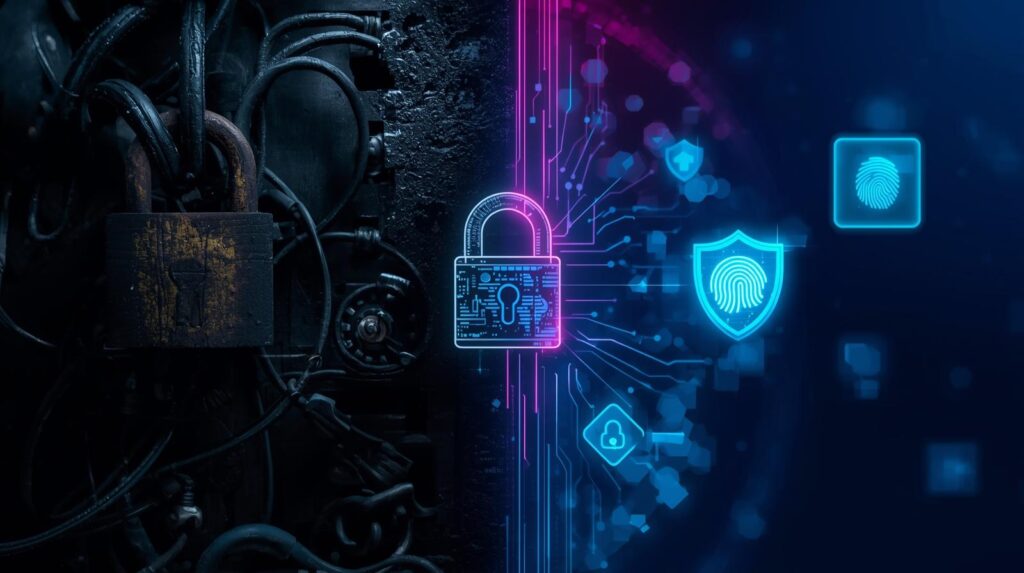
Summary Table
| Outdated Practice | Modern Replacement |
| Password rotation and complexity rules | Passphrases + password manager + MFA |
| Traditional antivirus | EDR/XDR with behavioral analytics and artificial intelligence |
| Perimeter-only defenses | Zero Trust + micro-segmentation + continuous identity validation |
| Manual patching | Automated patching + vulnerability management + removal of obsolete software |
| SMS-based MFA | Hardware tokens, TOTP, or adaptive phishing-resistant authentication |
| Basic compliance | Security by design, continuous monitoring, resilience-based maturity |
| Ignoring basic cyber hygiene | Automation, least privilege, compliance, reduced analyst fatigue |
Why Now?
- AI‑assisted threats: Phishing, deepfakes, and identity theft degrade legacy defences—humans alone can’t keep up.
- Dissolved perimeter: Remote work, SaaS, and IoT erase “inside vs outside”—identity and device posture decide access.
- Visibility gaps: You can’t defend what you can’t see; telemetry + automation shrink detection and response times.
Bottom line: Invest where it closes real attack paths: identity, endpoints, patching, and segmentation—validated by drills and metrics.
Your 90‑Day Roadmap to Modern Security
Weeks 1–2: Assess & Stabilize
Objectives: establish a factual baseline; stop the easiest attack paths.
Actions:
- Run a rapid NIST CSF 2.0 self‑assessment across Identify/Protect/Detect/Respond/Recover/Govern; set baseline KPIs (MFA coverage, patch compliance, MTTD/MTTR, restore test success rate).
- Inventory assets, identities, and third‑party access; flag EOL software; map crown jewels (systems that directly affect cash flow or regulated data).
- Enforce MFA for all users; move admins/finance to phishing‑resistant methods; disable SMS fallback (keep staffed helpdesk recovery flow).
- Quick wins: disable legacy protocols (SMBv1; minimize NTLM where feasible), enforce macro blocking from the internet, enable number‑matching for push prompts, and turn on automatic updates for browsers.
- Communications: send a company‑wide update explaining why changes are happening and how to get help (reduces pushback and tickets).
Deliverables: Baseline scorecard; MFA coverage report; list of EOL assets; crown‑jewel data flow map; comms email.
Owner: CIO/IT Director with MSSP; HR/Comms for change notice.
Exit criteria (end of week 2): 100% user MFA; 100% privileged users on phishing‑resistant MFA; discovery complete with EOL list; macro blocking policy live.
Weeks 3–6: Harden & Automate
Objectives: add behaviour‑based detection/response; remove standing admin; start risk‑based patching; reduce lateral movement risk.
Actions:
- Deploy EDR/XDR to all endpoints (Win/macOS/Linux) and connect to a 24/7 SOC; validate alert routing, on‑call rotation, and paging.
- Rehearse the endpoint isolation + account disable playbook; measure time‑to‑contain; fix any approval bottlenecks.
- Turn on automated patching with 7/14/30‑day SLAs by tier; use pilot rings (IT → finance → everyone) and weekly change windows.
- Implement conditional access (device health + risk signals + location); block legacy authentication and stale app passwords.
- Remove standing domain admin; implement JIT admin elevation with approvals and session recording for critical actions.
- Begin micro‑segmentation for crown‑jewel workloads; block east‑west RDP/SMB by default; log denied flows for tuning.
Deliverables: EDR/XDR coverage report; first isolation drill report; patch compliance dashboard; conditional access policy matrix; JIT admin runbook; initial segmentation policy.
Owner: Security lead + network/endpoint ops; MSSP for SOC.
Exit criteria (end of week 6): EDR/XDR coverage ≥98%; isolation median <10 min; patch SLA compliance trending to ≥90%; conditional access rolled out; JIT live for admins; crown‑jewel segments created.
Weeks 7–12: Segment & Drill
Objectives: finish segmentation for crown jewels; validate recovery; practice decision‑making under pressure.
Actions:
- Complete segmentation of crown‑jewel apps; document allowed flows, owners, and compensating controls; ensure break‑glass procedures are in place.
- Run a ransomware tabletop with IT, execs, finance, legal, and communications. Decide on ransom stance; define external notifications; confirm cyber‑insurance contact steps.
- Perform a backup restore test for a critical app; measure RPO/RTO; fix any restore gaps (permissions, sequencing, network ACLs).
- Tune EDR/XDR detections using week‑6 telemetry; add identity‑centric detections (impossible travel, token theft, anomalous OAuth consent).
- Publish a leadership scorecard: MFA coverage, EDR/XDR coverage, patch SLA compliance, isolation times, segmentation status, restore test results, and top risk exceptions.
Deliverables: Tabletop after‑action report with owners/dates; successful restore report; tuned detection rules; QBR‑style leadership deck.
Owner: CIO/IT Director; MSSP facilitates tabletop; app owners for restore.
Exit criteria (day 90): MFA 100%; phishing‑resistant for privileged = 100%; EDR/XDR 100%; patch SLA compliance ≥95%; crown jewels segmented; isolation median <10 minutes; one successful restore test; tabletop actions assigned.

Final Thoughts
Yesterday’s controls weren’t built for identity-driven attacks and cloud-first work. Shift to phishing-resistant MFA, behaviour-based detection with 24/7 response, risk-based patching, and targeted segmentation. Track real outcomes—MFA coverage, isolation times, patch SLAs, restore tests—and you’ll reduce risk without adding bureaucracy. When you’re ready, align the roadmap to your environment and roll in phases. Add executive scorecards, a simple comms plan, and 30-minute hygiene sprints to sustain momentum. If you’d like, I’ll plug the internal links directly into your article sections and format them for CMS, ensuring consistent anchors, alt text, and schema.
Featured links:
Managed Cybersecurity Overview
FAQ:
Do we still need antivirus if we roll out EDR/XDR?
Yes—keep prevention, but add behaviour-based detection and rapid isolation. EDR/XDR plus a 24/7 SOC cuts dwell time and containment windows dramatically compared with AV-only endpoints.
Is SMS MFA acceptable for most users?
Use it only as a temporary fallback. SMS/voice are vulnerable to SIM-swapping and interception. Prefer authenticator apps with number-matching or hardware security keys for admins, finance, and anyone with elevated access.
How fast should we patch critical systems?
Adopt risk-based SLAs: 7 days for internet-facing or identity systems, 14 days for internal critical, 30 days for standard. Use pilot rings and weekly windows to move quickly without breaking core applications.
Will Zero Trust slow down business?
Done right, it speeds work by granting the right access at the right time. Start with conditional access and just-in-time admin, then micro-segment crown jewels to shrink blast radius while preserving productivity.
PROBLEM
Legacy habits—password rotations, AV-only endpoints, perimeter trust, manual patching.
IMPACT
Credential theft, lateral movement, outages, higher premiums.
SOLUTION
Phishing-resistant MFA, EDR/XDR + SOC, automated patching SLAs, Zero Trust segmentation.
CONSEQUENCE
Ignore this and expect more incidents, longer recovery, and rising costs; modernize and measurably cut risk in 90 days.
Our Cybersecurity Guarantee
“At Fusion Cyber Group, we align our interests with yours.“
Unlike many providers who profit from lengthy, expensive breach clean-ups, our goal is simple: stop threats before they start and stand with you if one ever gets through.
That’s why we offer a cybersecurity guarantee: in the very unlikely event that a breach gets through our multi-layered, 24/7 monitored defenses, we will handle all:
threat containment,
incident response,
remediation,
eradication,
and business recovery—at no cost to you.
Ready to strengthen your cybersecurity defenses? Contact us today for your FREE network assessment and take the first step towards safeguarding your business from cyber threats!










